Interview: Inside Lee Alexander McQueen’s Sarabande Foundation
By Something CuratedLee Alexander McQueen’s work was typified by a strong understanding of the benefits of bringing together seemingly disparate fields, such as art and technology, traditional crafts and contemporary processes, to create something innovative. Launched in 2015, Sarabande’s east London site, once functioning stables for working horses, provides makers with a dynamic environment to experiment with diverse visual art forms, collaborate with patrons and drive fundraising activity to continue the evolution of the charity. To date, the initiative has supported over 30 individuals, including designers and artists like John Alexander Skelton, Molly Goddard, Mircea Teleaga, Rosa Uddoh and Sinead Dolores Cloonan.
A current resident of the Sarabande studios, menswear designer Craig Green told us:
“Sarabande has been such a massive help and support in the growth and development of my business over the past two years. London is a tough place to start a business, but luckily there is support from organisations like Sarabande, who are vital in the progression of new creative businesses. To have an affordable, functioning and secure place to work is very rare in London at the moment. There is a strong community within Sarabande that is multi-disciplinary; this makes for an exciting and dynamic place to work.”
As well as speaking with the studio residents, Something Curated met with Founding Trustee, Trino Verkade, a close friend and business partner of McQueen’s, to learn more about the thinking behind the organisation.
Something Curated: Can you tell us about the vision for the foundation?
Trino Verkade: Honestly, Lee had settled Sarabande way before he died. He set it up around the time of Sarabande the show. 2006, I think it was. He was a great supporter of young creatives and very passionate about giving people the opportunity to study if that’s what they wanted to do, and not be held back by financial constraints. He’d spoken about that over all the years that I worked with him. It was very much at the top of his mind. I feel comfortable knowing that Lee would have been appreciative of this being his legacy, and he would feel it’s right, and he would love the people who are downstairs.
He loved to collaborate. A lot of what we found is that people don’t want to be in a box. They want to explore different ideas, and I think that it’s nice to be led into different directions so that you constantly evolve. We don’t just give financial support and scholarships; it’s a lot of moral support that we give when they’re here, and a lot of support that the people in the studios give to each other. And that’s important. They give each other help and support, and we encourage that.
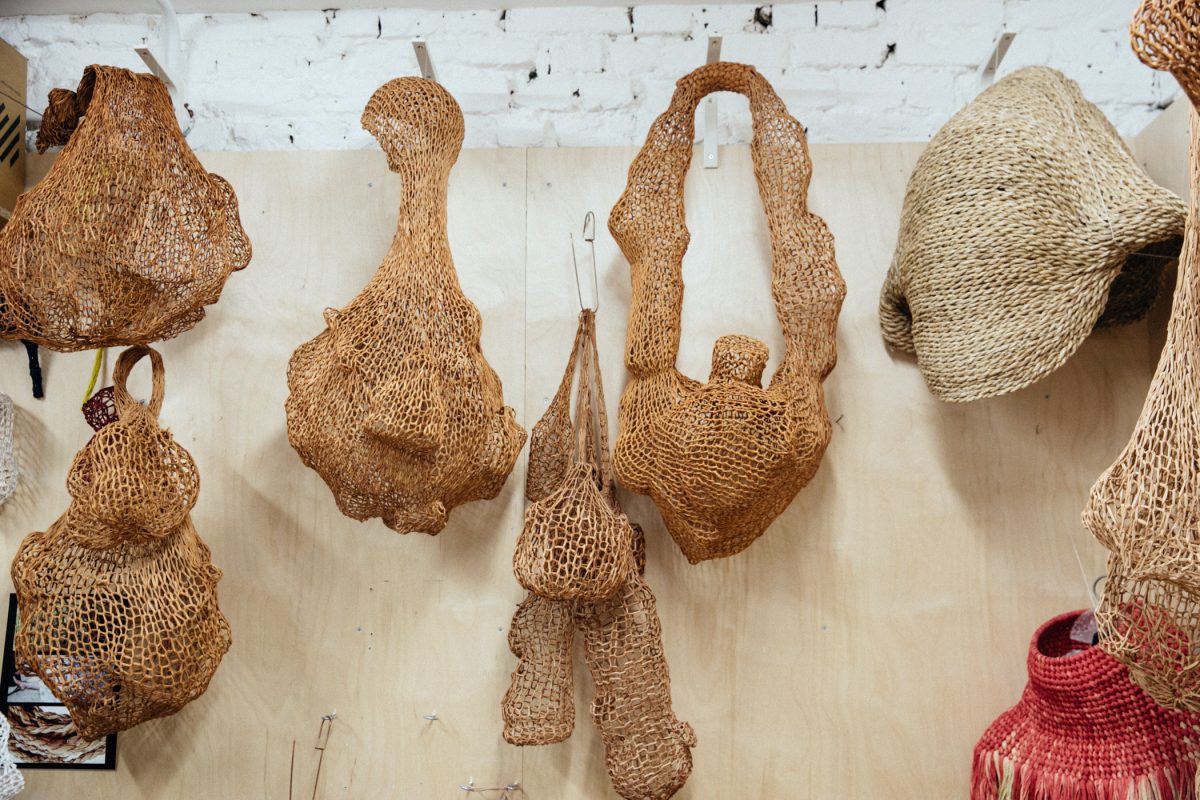
SC: How did you come across the site for Sarabande?
TV: After Lee’s estate was finalised and we had the funds for Sarabande, I didn’t just want to give out scholarships. A lot of fashion brands give scholarships, and we felt there should be a broader, more collaborative feeling to Sarabande and to Lee’s memory. Quite early, we wanted to find a building that would feel right to house the studios. I knew we wanted to get a mix of different artists together, so I did a lot of looking in this area and in Clerkenwell. We looked at quite a lot, maybe 20, 25, of different sizes and all different types. The minute I walked onto this site, I loved it.
I had a feeling when I walked in, and everybody who’s come in actually says they feel it too. I thought that Lee would love it, because I knew he loved buildings; he was very interested in architecture. It felt right in the soul of the building. It had a warmth to it. And you don’t just buy a building because of that, obviously it fitted size wise, the layout was perfect. There were a lot of more practical reasons why it worked compared to other buildings that I’d looked at. But ultimately, it also felt like a nice place to be on the canal, and it felt like a good investment. That was very important as well, because as a charity you always have to make sure that when you spend money you spend it wisely.
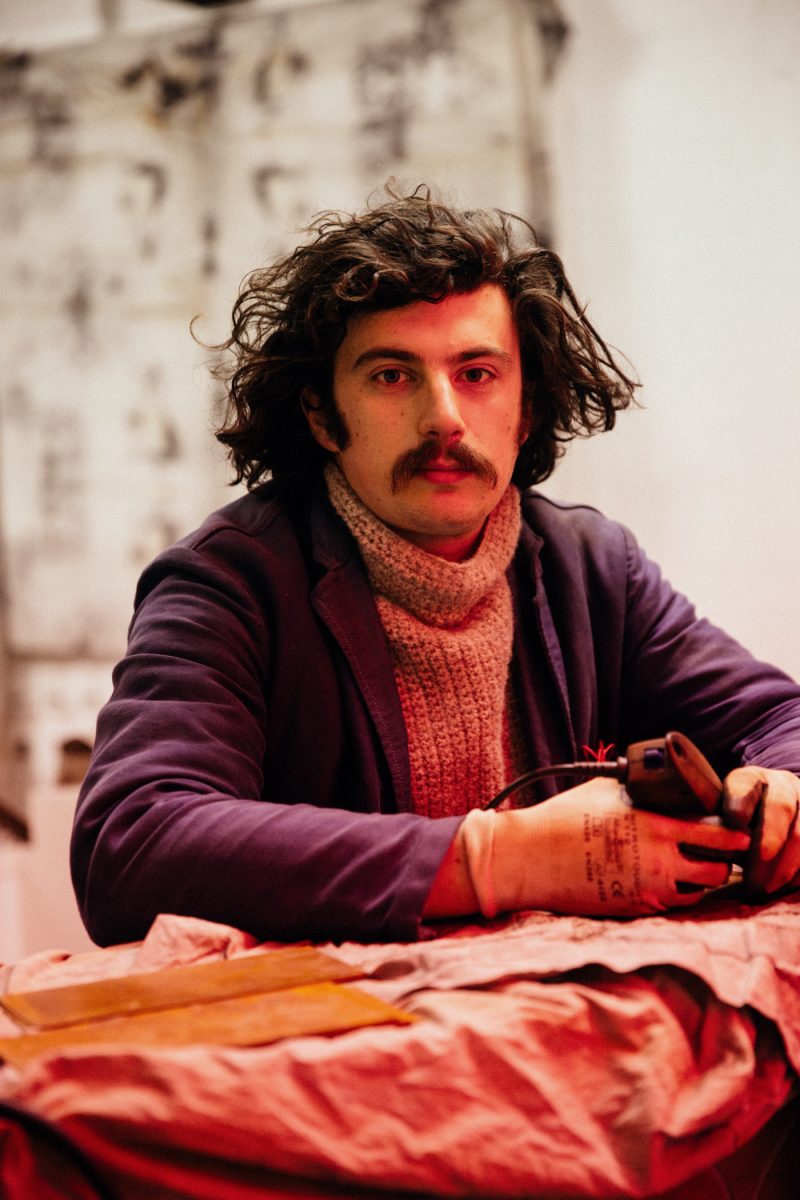
SC: It seems like you have decidedly curated the studios to include recent graduates alongside makers that are further on in their careers. Is this a conscious decision and if so, could you expand on it?
TV: Absolutely, we consider the mix of residents downstairs to make sure we get a good blend of people at different stages in their career. It’s the community that we want to support, and that feeling of helping each other and giving each other that, “Oh I’ve been there three years ago” perspective of what happens in this industry and this world. Always in the young stages of their career obviously, but different stages, and different artists. And sometimes they say to us, “We’d like a photographer in here,” and that’s really nice for them to say what they’re missing, because when they’re coming into Sarabande, they’re coming into it as a community. People are just spilling over and helping each other and sharing machinery, and it’s nice.
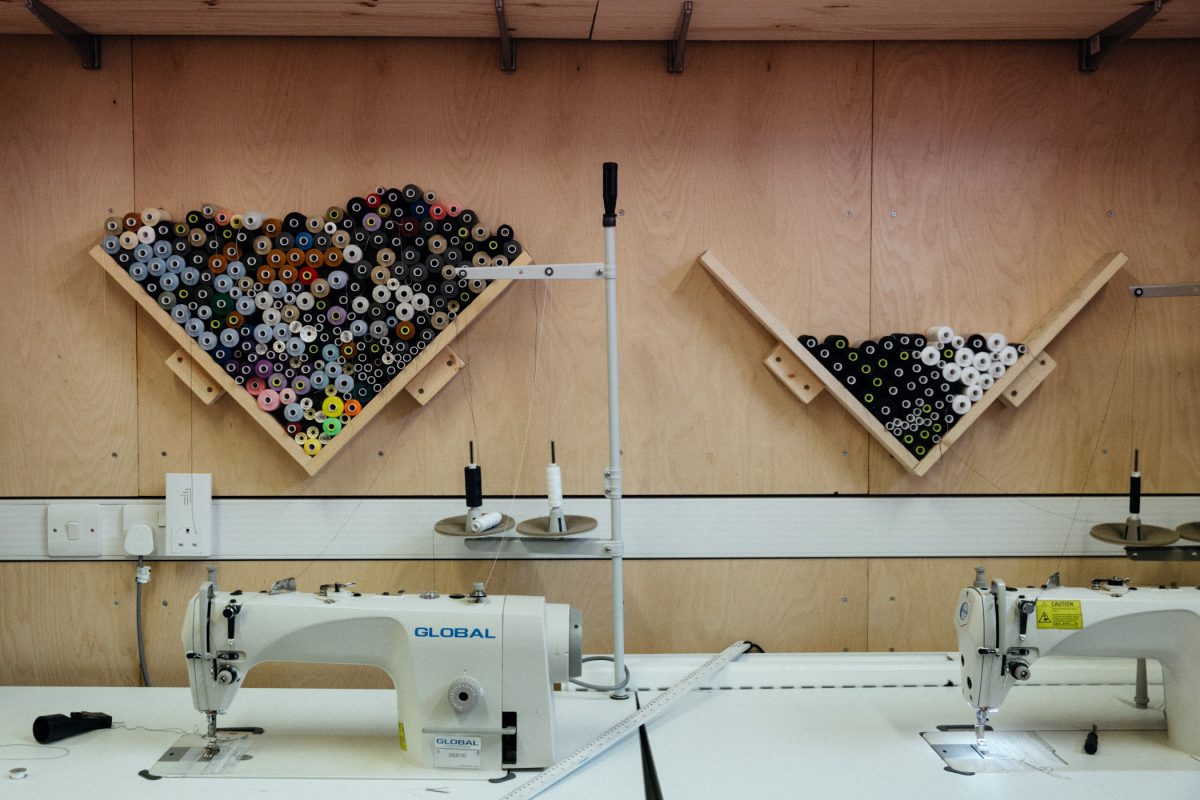
SC: What do you think makes this organisation unique?
TV: We’re not driven by the money that people can pay. Our prices are very low. Here is a charity to support a philosophy of helping people, so because of that, nearly everybody can afford our studios. We have facilities here, we are really open and everybody gets to use the building, and sometimes we have life drawing classes, and anybody who’s using upstairs has to clear out because they know that it’s a gift for them. And they also know that everybody else gets to use it.
There’s a big programme of support that we have here, which includes the talks, the events that we hold, the people that we bring in to speak to them: experts who are inspirational, people who can support them as well. That’s really important to us. And it’s not just open to the studios, those events are open to anybody. We invite all the colleges to come, we invite people from the other studios too. We’re trying to expand to help more people with the building that we have, and this is really the heart of Sarabande. We use it as a platform not only for everybody in the building but for the broader community.
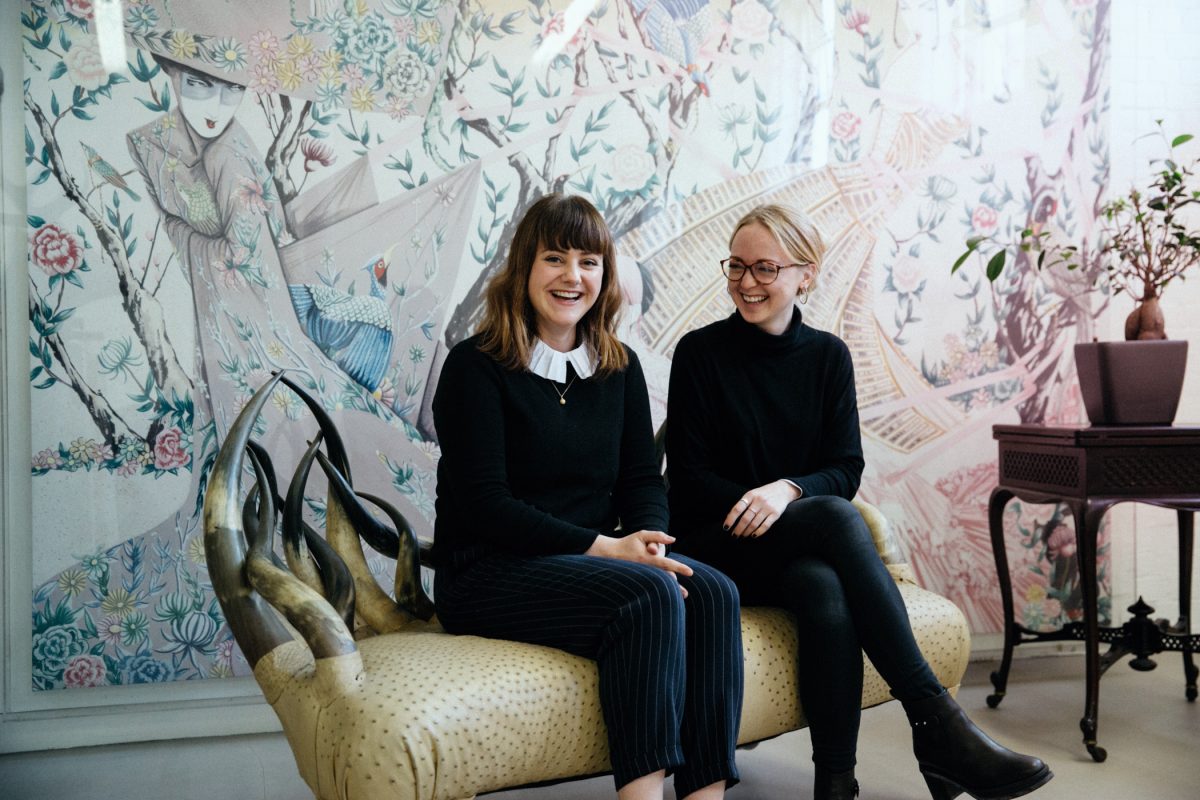
Managing operations at Sarabande’s Haggerston headquarters, Laura Kiefer and Martha Mosse are responsible for programming the foundation’s busy calendar of events, exploring fundraising opportunities, and looking after the residents on a day-to-day basis, among numerous other activities. Providing further insight into the organisation’s work, its facilities, as well as information regarding application processes and studio costs, Laura and Martha spoke with us.
SC: Could you talk to us about activities and events that you have in the pipeline?
Laura Kiefer: We’re in discussion with several of our patrons, including Tim Blanks, Nick Knight and Andrew Bolton; we’re not really sure what form that’s going to take yet but they are keen to be involved. We have an event during London Craft Week with our patron, Shaun Leane, who is giving a talk and exhibiting some of the most infamous pieces him and Lee worked on. There will be opportunities for some of the maker’s downstairs to be involved through studio tours.
Martha Mosse: We’ve got some really exciting things going on with artists in residence. John Skelton recently showcased his third collection in the main space, which he transformed into a Yorkshire moorland. Another Sarabande Scholar, Mircea, who studied at Slade School of Fine Art is having a solo exhibition in May of a series of works that began during a three-month residency in Hong Kong. His pieces are often large and very evocative; he was chosen for his scholarship by Jake Chapman.
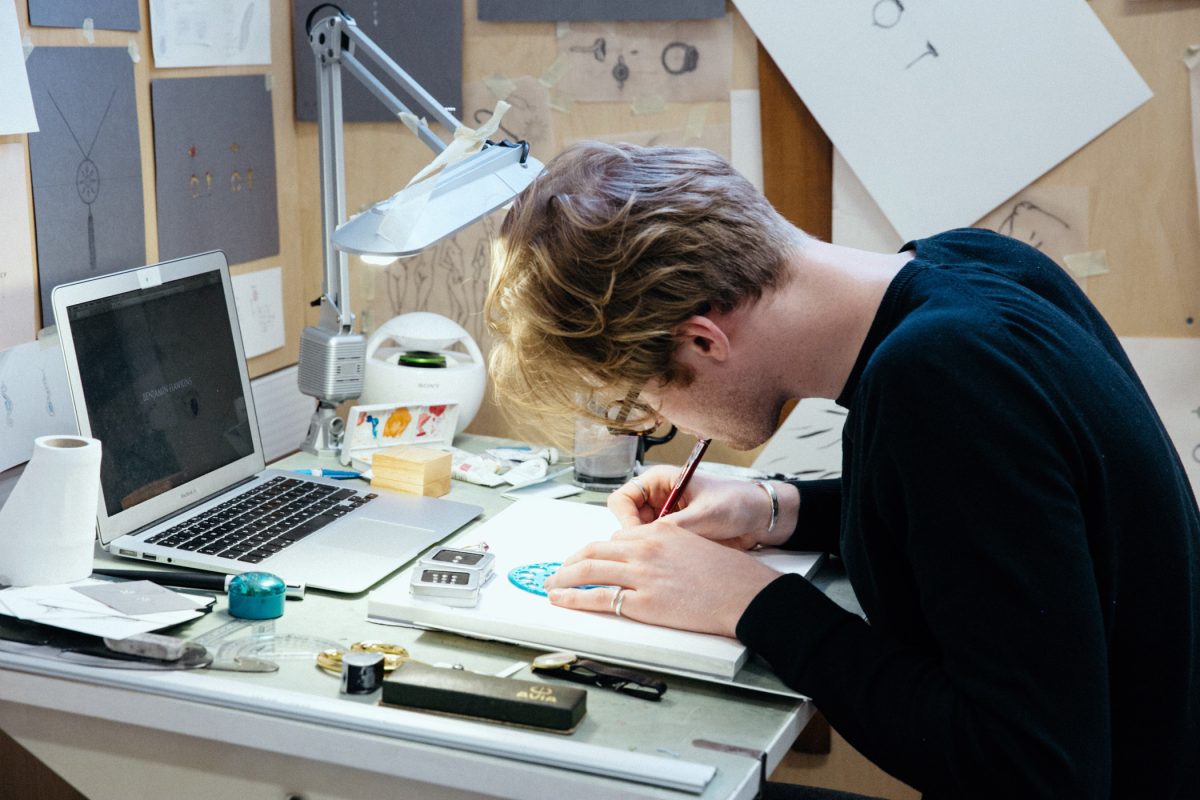
SC: Does Sarabande have affiliations with certain schools?
LK: We started supporting five new courses from 2016 at Nottingham Trent, Manchester Metropolitan University, Dundee University, Northumbria, and Loughborough. We’re supporting a Fashion, Textile, Fine Art, and a Jewellery and Metalwork course, which is an exciting mix. And then for CSM, we support the MA and BA in Fashion, and for Slade we support the MA Fine Art. For Slade we also do two small rewards called an Emerging Artist Fund.
SC: Is there a committee that is responsible for selecting the scholars and studio residents?
LK: Yes, there’s a board of trustees formed of Trino, the Founding Trustee, a Chairman, and three others, a financial adviser who worked with Lee, Lee’s lawyer and a representative from The Kering Group. All of the big decisions, how much we can spend on scholarships, anything to do with the building, that’s a matter for the trustees to discuss. They’re really open, and we have open conversations about things, everyone’s opinion is valid.
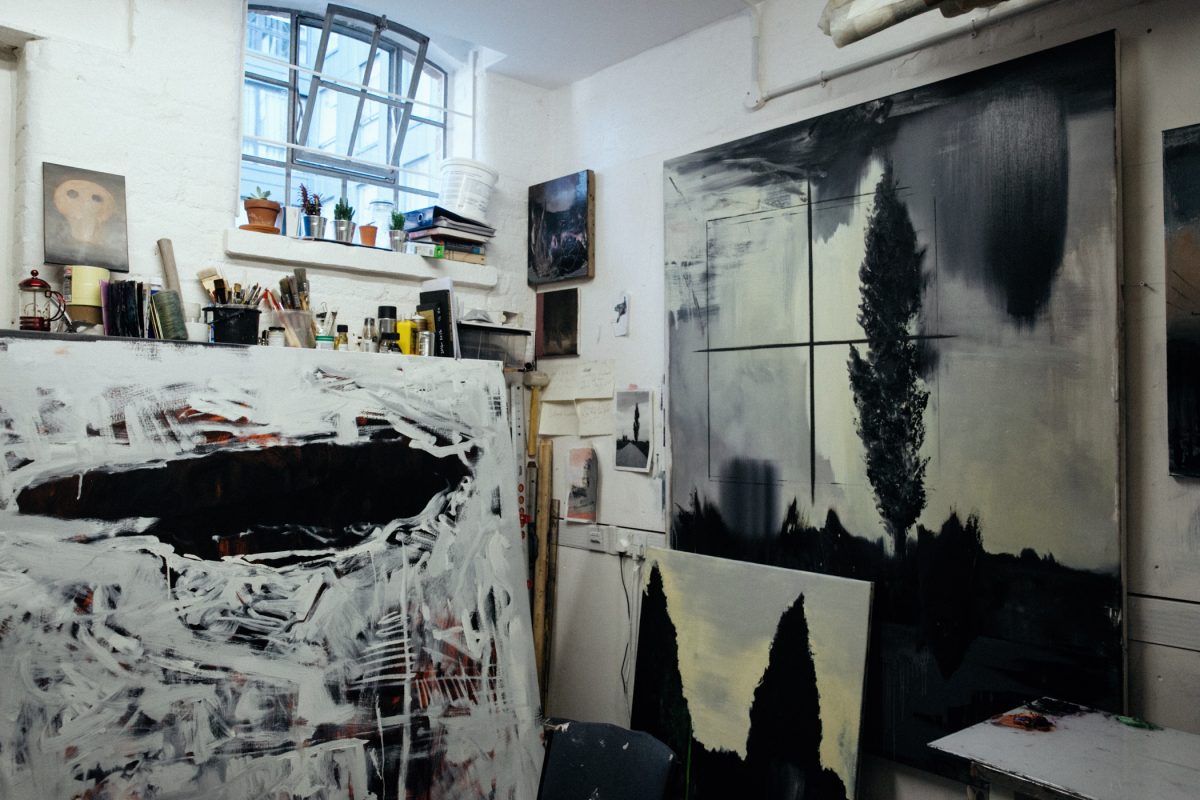
SC: What is the process for people interested in applying for a space here or a scholarship?
MM: There are two different processes. For a scholarship, the universities put forward a selection of applicants who are then interviewed by the panel, including a representative from Sarabande, the course leader at the university, and a practicing artist or industry leader, who ultimately makes the decision. Sarabande is there to facilitate the process. To date, they’ve included Nick Knight OBE, Sarah Burton OBE, Andrew Bolton and Jake Chapman. With the studios, people apply directly to the foundation and then Laura and I meet with everyone.
SC: What are studio residents charged?
LK: We are a registered charity, the studios are subsidised and workshops are free to attend. We take a nominal amount, purely because we feel that if it was free, people maybe like, “Oh well, it’s free, we don’t need to go.” We take between £75-£150 a month depending on size which contributes towards the running costs of the studios.
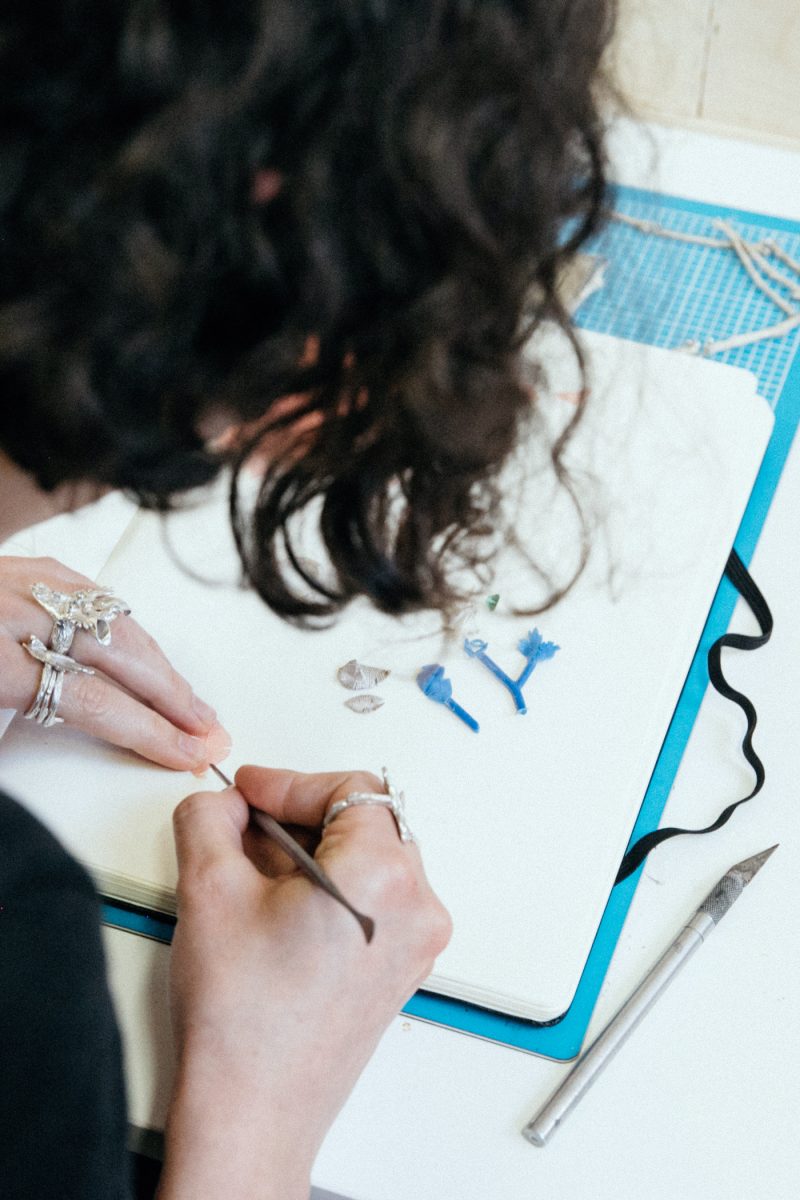
SC: Can you talk about some of the facilities available?
MM: We are currently thinking about the programme and what we’re going to put into place, what people actually need. We have had a Swarovski application room installed, including specialist equipment and an allocation of crystals, plus training for the artists in residence and scholars. But then even small things, like we had someone ask if he could install a washing machine to dye fabrics. We’re still near the beginning, so when people ask us for something, we try to facilitate it where we can.
SC: Is there an average tenure for residents working here?
LK: In the beginning, we said 12 months, just because we want to help as many people as we can. And again, it’s a timing thing, an important moment in their career, or in the works. We originally said one-year residencies but we review this case by case.
Words by Keshav Anand
Videography by Matthew Hyndman
Photography by Lillie Eiger